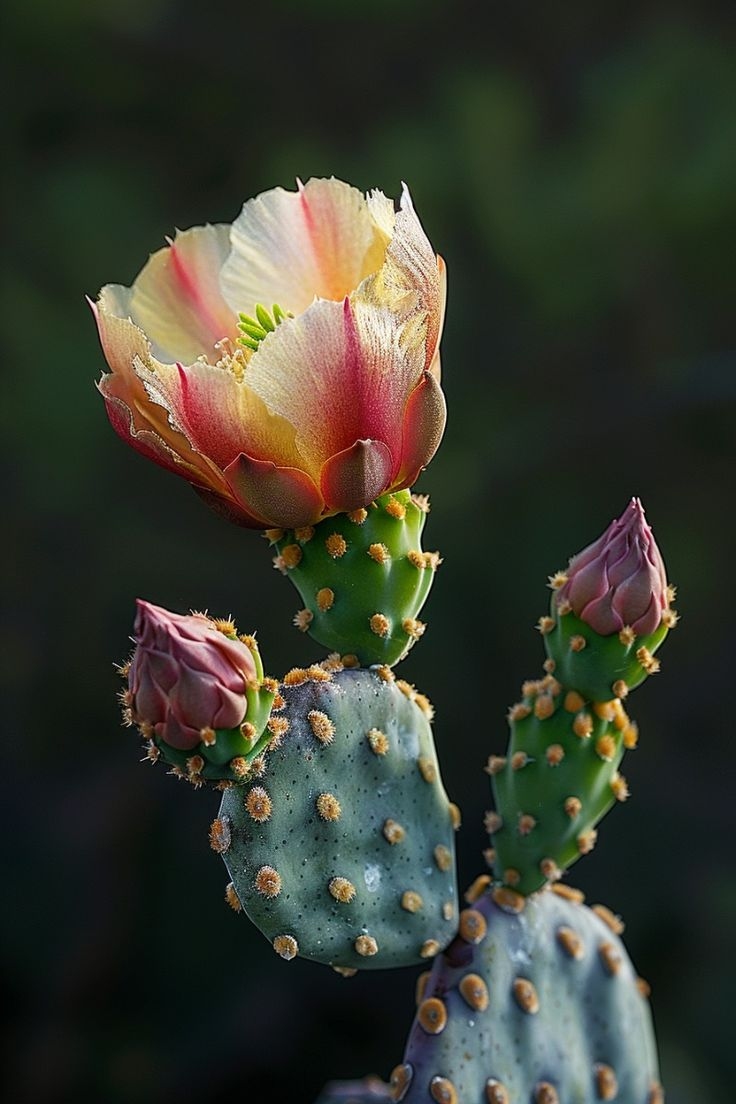Discover How Long Cactus Flowers Last
Introduction
Cacti are renowned for their striking, resilient appearance and their ability to thrive in harsh conditions. But one of the most enchanting aspects of these desert dwellers is their flowers. Cactus blooms are often vibrant, intricate, and stunningly beautiful, but they also tend to be fleeting. Understanding the lifespan of cactus flowers can enhance your appreciation of these botanical wonders and help you better care for your own cactus collection.
The Lifespan of Cactus Flowers
The lifespan of cactus flowers varies widely among species, ranging from a single day to several weeks. Several factors, including the type of cactus, environmental conditions, and care practices, influence how long these blossoms last.
Species-Specific Lifespan
Ephemeral Blooms: Some cactus species, such as the Saguaro (Carnegiea gigantea) and the Echinopsis, produce flowers that last only a day or even just a few hours. These flowers often open at night or early in the morning and close by the afternoon.
Longer-Lasting Blooms: Other species, like the Christmas Cactus (Schlumbergera) and the Prickly Pear (Opuntia), have flowers that can last several days to a couple of weeks. These blooms are generally more enduring and can be enjoyed over a longer period.
Environmental Conditions
Temperature: Cacti are adapted to hot, arid climates, and their flowers are sensitive to temperature fluctuations. Extremely high or low temperatures can shorten the lifespan of the blooms. Ideal temperatures for most cacti range between 60-80°F (15-27°C).
Light: Adequate sunlight is crucial for cactus flowering. While some species thrive in full sun, others prefer partial shade. Ensure your cactus receives the right amount of light to promote healthy blooms.
Watering: Proper watering is essential during the flowering period. Overwatering can lead to root rot, while underwatering can cause the flowers to wilt prematurely. Maintain a balanced watering schedule, allowing the soil to dry out between waterings.
Care Practices
Fertilization: Providing the right nutrients can extend the lifespan of cactus flowers. Use a balanced, water-soluble fertilizer during the growing season to support flower development.
Pruning: Regularly removing spent flowers and any damaged or dead parts of the cactus can encourage new growth and potentially extend the blooming period.
Tips for Maximizing Cactus Flower Lifespan
To enjoy your cactus flowers for as long as possible, follow these care tips:
Know Your Cactus: Research the specific needs of your cactus species. Understanding its natural habitat and care requirements will help you provide the best environment for flowering.
Monitor Environmental Conditions: Keep your cactus in a stable environment with appropriate temperature and light conditions. Avoid drastic changes that can stress the plant and shorten the blooming period.
Water Wisely: Follow a consistent watering schedule that suits the needs of your cactus. During the flowering season, pay extra attention to watering, ensuring the soil is moist but not waterlogged.
Fertilize Regularly: Use a cactus-specific fertilizer or a balanced, water-soluble fertilizer to provide essential nutrients during the growing season. This will support healthy flower development and longevity.
Prune and Deadhead: Regularly remove spent flowers and any unhealthy parts of the cactus to encourage new blooms and maintain the plant’s overall health.
Conclusion
Cactus flowers are a captivating and ephemeral spectacle in the plant world. While their lifespan varies widely among species and is influenced by environmental and care factors, understanding these elements can help you make the most of their fleeting beauty. With proper care and attention, you can enjoy the stunning blooms of your cacti for as long as possible, adding a touch of vibrant color and intrigue to your plant collection.






